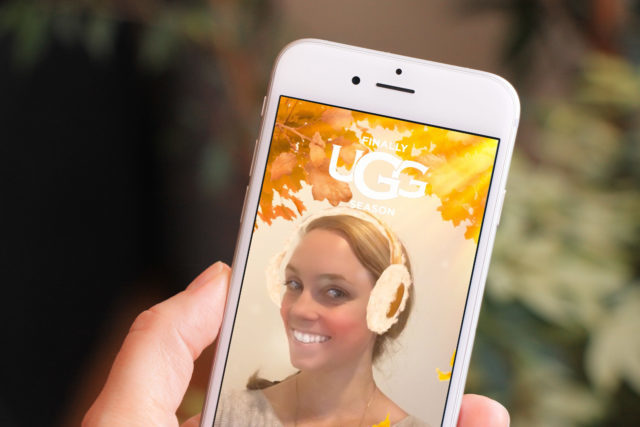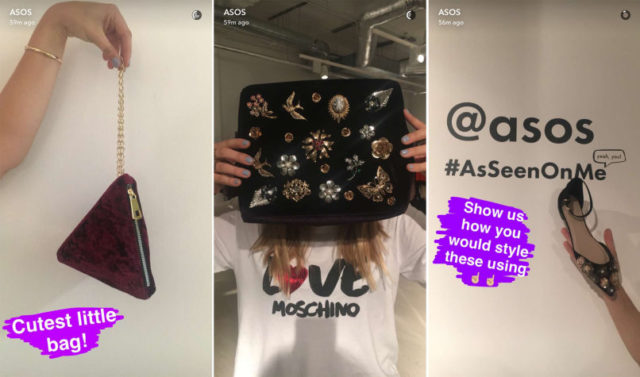It’s the circle of life . . . for gaming, anyway. Tabletop games gave way to video games, tabletop made a comeback, and now the rage is tabletop games you play in a video game—the best of both worlds. According to new findings from SuperData Research, the digital collectible card games (CCG) market will generate $1.4 billion in revenue worldwide in 2017. Video game brands, in particular, are playing to win with CCG spin-offs from existing franchises—creating a whole, new competitive gaming market in the digital space.
Growing The Collection
When you think of collectible card games, titles like Magic: The Gathering, Pokémon and Yu-Gi-Oh! come to mind, each with its own loyal fan base and international competitions. While players continue to collect physical cards, digital versions are on the rise like never before. In fact, digital players account for 61 percent of the CCG audience thanks to greater accessibility.
Blizzard currently dominates the digital CCG market with Hearthstone—earning $395 million worldwide in 2016. Blizzard’s wildly popular game launches a major new content pack roughly every four months, which lets players prepare to spend on new cards. As with traditional cards, digital CCGs naturally lend themselves to competition and a foot in the door of widespread eSports fame. Hearthstone’s 2016 world championships featured a $1 million prize pool, inspiring players to achieve greatness through their favorite pastime.
“Hearthstone: Heroes of Warcraft earned roughly four times as much as its closest competitor in 2016 and is forcing transformation on the digital CCG market,” said SuperData. However, Blizzard may have some major competition with Shadowverse (developed by Cygames), 2016’s standout CCG that earned $100 million in just six months.

The digital CCG genre is most popular in Asia with an audience of 11.6 million, while North America has the largest physical player base at 9.1 million. SuperData predicts that between the ends of 2017 and 2020, worldwide digital CCG revenue will grow by a CAGR of four percent.
ESports Growth
CCGs are taking off as eSports, and even smaller publishers are putting on tournaments to appeal to their most devoted players, SuperData noted, which naturally leads to online streams. Eighty-six percent of worldwide digital CCG players watch online videos about CCGs and 59 percent of viewers tune in to learn about new strategies. Among US digital CCG players, 7.6 percent spend money on in-game content and are more likely to spend than players of other types of hardcore or midcore video games.
For Counterplay, developer of CCG game Duelyst, telling a compelling story and providing quality gameplay are more important than filling stadiums. The lore, alone, took two years to write—covering 30,000 years of in-game history. “We don’t consider ourselves an eSport, since that’s a very top-down approach and mentality that we don’t believe in,” Keith Lee, CEO of Counterplay told [a]listdaily. “We take a bottom-up approach by nurturing, growing, and supporting the needs and aspirations for all types of players in our community. If competitive participation grows month-to-month, then we’re already successful.”
Meanwhile, new CCGs are being introduced all the time—from collectible card elements in Clash Royale to all-out warfare in World of Tanks: Generals. CD Projekt’s GWENT (a card game taken from The Witcher 3) is currently in beta, as is Smite Rivals from Hi-Rez Studios. While today’s hottest digital card games are played on PC, the player landscape is beginning to change.
“I think mobile gamers are at the phase where they just really like playing games on their phones, while some are becoming more hardcore and want to play on a stage in front of people,” Brian Grayson, project lead for Smite Rivals told [a]listdaily. “That audience was smaller a year ago and it’s naturally growing. We don’t have to do anything because it will grow organically, but we can support it by creating more opportunities for people to compete. Creating small grassroots tournaments, giving people venues, and even giving tools within the game to play against their friend and cultivate that competitive atmosphere. I think that will help the most.”
Learn everything you need to know to invest in today’s fastest-growing media channel—Competitive Gaming and eSports on 2.16.17 in Los Angeles. Go to alistsummit.com for more info.










 Benton then talked about how Ludacris became involved with the game.
Benton then talked about how Ludacris became involved with the game.






